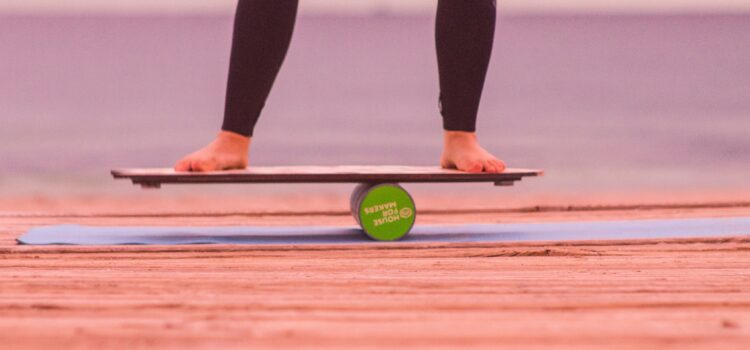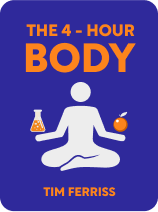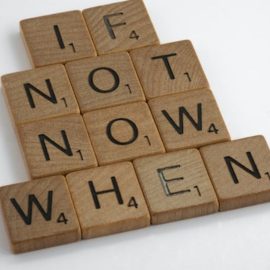

This article is an excerpt from the Shortform book guide to "The 4-Hour Body" by Timothy Ferriss. Shortform has the world's best summaries and analyses of books you should be reading.
Like this article? Sign up for a free trial here .
Do you have an imbalance in your body? What are The 4-Hour Body exercises to correct an imbalance?
The 4-Hour Body exercises for imbalances are critical for injury prevention. Injuries often come from opposing muscles not being balanced and The 4-Hour Body exercises can help you avoid these injuries.
Keep reading to understand how to correct imbalances with The 4-Hour Body exercises.
Correcting Imbalances With The 4-Hour Body Exercises
Most injuries are caused by imbalances—differences in strength and stability between the left and right sides of the body, or between opposing muscles. You have an imbalance when one side of your body can lift more than 10% more weight than the other side, or perform 10% more reps.
There are three The 4-Hour Body exercises for correcting imbalances:
Exercise #1: Chop and Lift
The chop-and-lift is one of The 4-Hour Body exercises that can help correct imbalances between the left and right sides of the body and between the upper and lower body. Additionally, the exercise helps increase core stability. To perform the chop:
- Find a machine with a high cable and attach a bar or tricep extension (rope) to the cable. Choose a weight that you think you can lift for a maximum of 12 reps.
- Kneel with your back to the machine, like you’re proposing. Your bottom knee should be about two-thirds of the way from the machine. Arrange both feet in line with the bottom knee.
- Take hold of the bar or rope. Put the hand that’s farthest from the machine three hand-spans away from the end of the bar or rope. The other hand should be placed right next to the cable.
- Pull the bar or rope down to your chest and then push it towards your bottom knee. The bar or rope should travel in a straight line.
- Return the cable to its original position.
- Repeat on the other side.
The lift is the opposite of the chop—pull a low cable up.
Exercise #2: Turkish Get-Up (TGU)
The author doesn’t describe how to do the TGU; instead, he directs readers to a video. If you’re a beginner, you should aim for five reps with a 4-6 kg weight (women) or 8-12 kg (men).
Exercise #3: Deadlifts
The deadlift improves the stabilizing ability of the deep hip muscles. There are two types of deadlifts used for The 4-Hour Body exercises for prehab: the two-arm (2SDL) and the one-arm (1SDL). Start by learning the two-arm deadlift:
- Find two dumbbells that you think you can do five reps with. (They should be between 10-30 pounds each.) Put one on the ground on each side of you.
- Stand on one foot and bend your knee 20 degrees. The other foot should be straight out behind you with your toe pointing towards the ground.
- Sit your bum back and bend at the hips. Your upper body should always be in line with your back leg—imagine your body is a teeter-totter.
- Grab the weights with a firm grip (this will protect your shoulders). Don’t pull your shoulders back.
- Stand up to lift the weights, still maintaining the line between your upper body and back leg.
- Put the weights down with the same hinging motion you used to get down in step 3.
- Repeat on the other side.
The one-armed deadlift is the same motion but you’re only lifting one weight. Use your free hand to balance.

———End of Preview———
Like what you just read? Read the rest of the world's best book summary and analysis of Timothy Ferriss's "The 4-Hour Body" at Shortform .
Here's what you'll find in our full The 4-Hour Body summary :
- How to do the least amount you need to do for the results you want
- Why you need a cheat day in your diet
- How to improve everything about your body, including sleep, sex, and longevity






